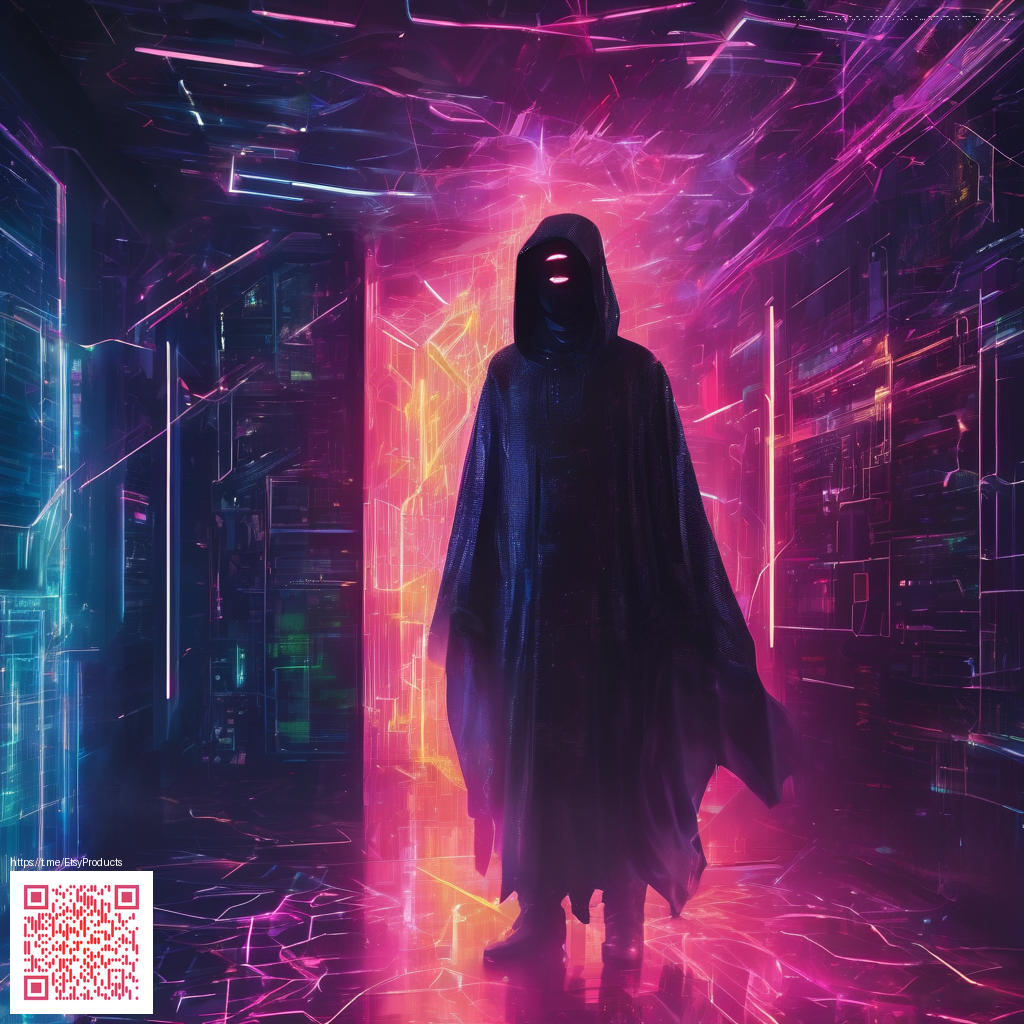
Crafting Epic Quests and Adventures in Minecraft RPG Maps
Minecraft has always rewarded curiosity, but RPG maps elevate that curiosity into a structured, narrative-driven experience. These maps blend exploration with story, turning a sandbox world into a personal RPG campaign. The art is not just in the blocks you place, but in the quests you design, the characters you breathe life into, and the choices players must wrestle with as they progress. In this guide, we’ll unpack what makes a Minecraft RPG map memorable, how to balance puzzles and combat, and ways to shape a playable world that invites repeat visits rather than a single finish.
At the heart of a great RPG map is a theme that threads through every corner of the experience. A cohesive setting—whether a haunted archipelago, a doomed fortress, or a bustling fantasy city—provides a north star for both the designer and the players. From there, you craft a quest arc: a compelling main quest complemented by optional side quests that reveal lore, deepen character moments, and offer meaningful rewards. The stronger the theme and the clearer the stakes, the more players feel invested in seeing the journey through to its end.
Designing the Quest Structure
Think of your map as a mini RPG with chapters. A robust structure typically includes:
- Objectives and milestones: Clear, checkable goals that give players a sense of progress.
- Characters and NPCs: Memorable personalities with dialogue that hints at history and motive.
- Clues and lore: Environmental storytelling—ruined banners, carved runes, hidden loot—helps players infer the world’s history without walls of exposition.
- Puzzles and challenges: Puzzles should feel thematic, whether it’s redstone-based mechanisms or pattern-based riddle rooms.
- Rewards and progression: Loot, gear upgrades, and narrative beats that reward risk and curiosity.
- Branching paths: Optional routes that lead to different outcomes or endings, enhancing replayability.
“A great RPG map gives players agency—the feeling that their choices genuinely shape the story, even within a fixed skeletal plot.”
As you lay out the map, map the player journey from one hub to another. Each hub should offer a unique flavor—perhaps a wind-swept cliff town, a subterranean bazaar, or a floating temple—while preserving a through-line that ties all chapters together. This balance between variety and continuity keeps players engaged and prevents fatigue across longer campaigns.
World-Building with Mechanics
Minecraft’s tools—command blocks, redstone circuits, scoreboard systems, and resource-based economies—are not just gimmicks; they’re mechanics that can amplify storytelling. Use mechanical puzzles to illustrate themes—for example, a temple that only opens when players collect relics from multiple biomes mirrors a quest about unity and cooperation. Environmental design matters just as much as the scripted moments: lighting, terrain barriers, and atmospheric cues subtly guide players without infantilizing them.
Texture packs and resource packs can also lift a map’s vibe, helping players inhabit a world that feels distinct from the base game. When introducing new mechanics, provide gentle onboarding so players learn the rules without breaking immersion. A well-timed on-map hint, a clue in a diary, or a whispered NPC line can bridge gaps between exploration and understanding.
Playtesting, Pacing, and Accessibility
Playtesting is the backbone of any successful RPG map. Solicit feedback from both seasoned map-makers and new players, paying attention to pacing—are there stretches that stall progress, or sequences that feel rushed? Use a mix of combat, exploration, and puzzle-led segments to accommodate different play styles, but be mindful of the overall tempo. Shorter sessions that still deliver meaningful moments are often more impactful than a single marathon run.
Accessibility matters, too. Clear indicators of where to go next, adjustable difficulties, and well-anchored checkpoints help players of varying experience enjoy the adventure. If your map supports cooperative play, design quests that encourage teamwork—shared objectives and roles can turn a good campaign into a memorable social experience.
Getting Started with Your First Minecraft RPG Map
Begin with a simple premise and a tight scope. Sketch a three-act arc: setup, conflict, and resolution. Outline the main quest’s endpoints, then draft two or three side quests that illuminate the world’s history or reveal new abilities. As you build, test frequently in multiplayer to observe how players tackle decisions and puzzle flows. Don’t shy away from iteration—the best maps evolve through testing and refinement.
For players who love planning on the go, there’s a practical companion you might appreciate: a Phone Case with Card Holder MagSafe Compatible. It helps keep quest notes and sketched layouts handy during long testing sessions or while sharing ideas with fellow builders. You can explore the product here: Phone Case with Card Holder MagSafe Compatible.